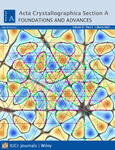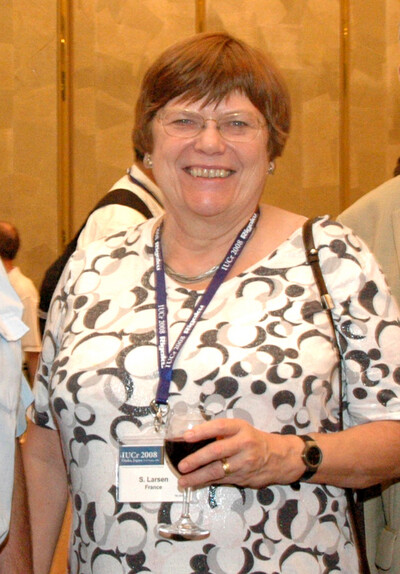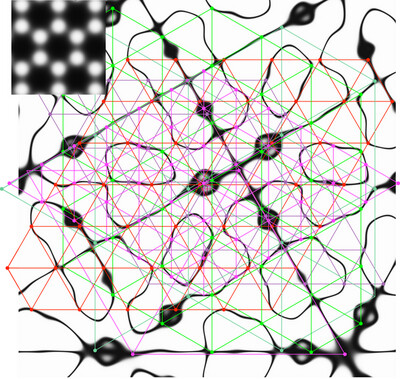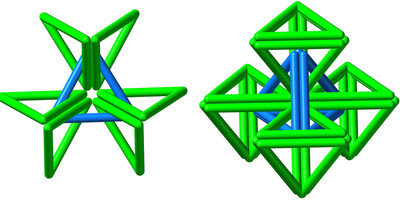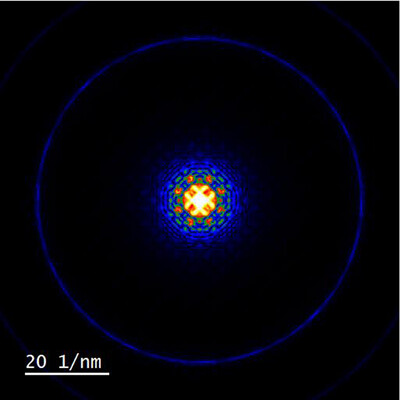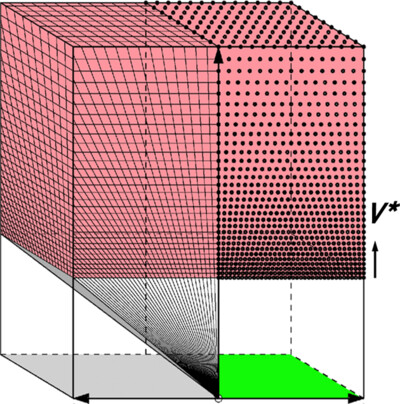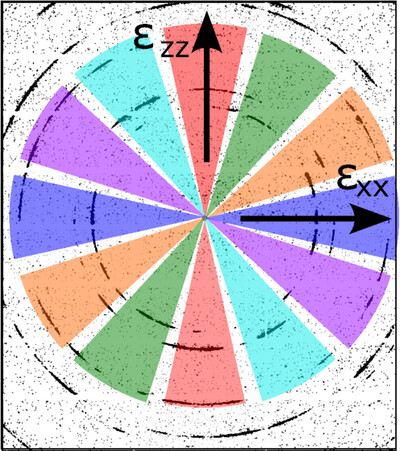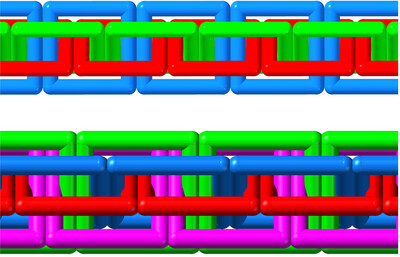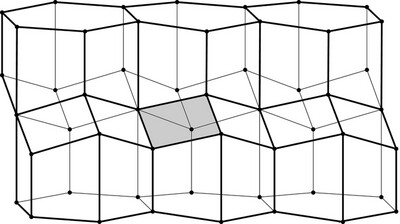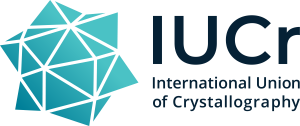Journal list menu
Export Citations
Download PDFs
obituaries
scientific commentaries
Homophase bilayers: more than just the sum of their monolayers
- Pages: 91-93
- First Published: 25 February 2025
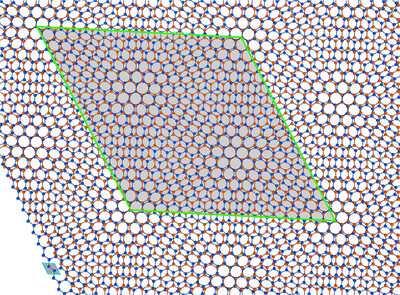
Twisted homophase bilayers exhibit remarkable physical properties absent in their constituent monolayers. Quiquandon & Gratias [Acta Cryst. (2025), A81, 94–106] develop a crystallographic framework for rigorous description of the structure of bilayers, including systems without a coincidence lattice.
research papers
Crystallography of quasiperiodic moiré patterns in homophase twisted bilayers
- Pages: 94-106
- First Published: 30 January 2025
Symmetric 3-periodic polycatenanes: catenated rings, polyhedra and rods
- Pages: 107-112
- First Published: 09 January 2025
A physical optics formulation of Bloch waves and its application to 4D STEM, 3D ED and inelastic scattering simulations
- Pages: 113-123
- First Published: 30 January 2025
Unit-cell parameters determination from a set of independent electron diffraction zonal patterns
- Pages: 124-136
- First Published: 31 January 2025
Deconvoluting thermomechanical effects in X-ray diffraction data using machine learning
- Pages: 137-150
- First Published: 31 January 2025
Isogonal 1-periodic polycatenanes (chains). Transitivity and intransitivity of links
- Pages: 151-158
- First Published: 14 February 2025
Honeycombs – their variety, topology and symmetry
- Pages: 159-166
- First Published: 14 February 2025




